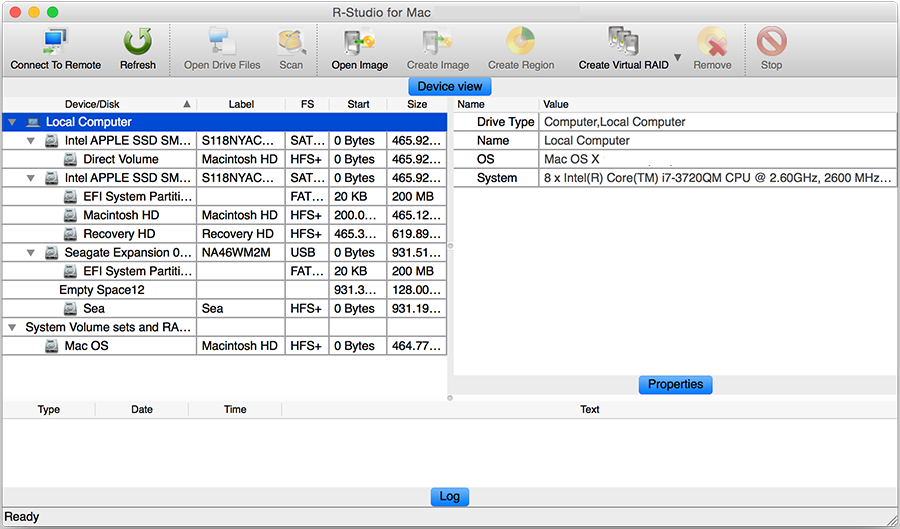
Agree, this: Rstudio aws.s3 download files
| Downloading survivor to modded server | Download iso files playstation |
| Dell a225 speakers driver download | Wii browser wad opera browser wad download |
| Download roobin hood torrent | Download dell optiplex 750 pci serial port driver |
Rstudio aws.s3 download files - magnificent
Luke Stanke
Using aws.s3 package
Before I found this package I was doing things the hard way – Using the AWS command line tools to put and get data from S3. The aws.s3 package makes these practices very convienent.
Saving System Variables
To make life easier you should save your .pem key credentials as system variables. Though doing this makes life easier it’s a greater security risk.
Looking into S3
Saving your credentials eliminates additional arguements needed to run each of the functions shown below. Lets start with looking at my buckets by using the function. This returns my bucket names and creation dates as a data frame. f
I’m most interested in the sample-data-demo bucket. We can use the function to examine the contents of the bucket. The output comes as a list – which isn’t always the best to work with. So I’ve written some code to take the output and transform it to a data frame/tibble.
Putting data into S3
Putting data into S3 is pretty easy. We can use several functions: , , OR functions.
Where do we use these?
S3save
S3save is analogous to save. We can take an object and save it as an file. Here I’ll take a local file – pro football results and create an object. Then I’ll save it to S3.
Please note that I have to save this as an .Rdata object – even though it was originally an .csv file.
put_object
Put object allows me to put any object that is on a local drive onto S3. This can basically be any filetype – .Rdata, .csv, .csv.bz2 – they are all covered here. There are three arguments you need to know: 1) the location of the file you want to send to S3; 2) the name you want to give to the S3 object – probably the same as the file arguement; and 3) the name of the bucket you’d like to place the object into.
Here we took the same .csv we read in earlier and saved the object as games.csv into the sample-data-demo bucket. You’ll see is returned indicating the file has successfully uploaded to S3.
save_object
The function sounds like it might save a file to S3. But it’s actually the opposite of put_object. takes a file on S3 and saves it to your working directory for you to use. I REPEAT:takes a file from S3 and saves it to your working directory.
We can then take this file and read it like we would normally do.
get_object
The function stores information locally. If you want to keep as much as possible in-memory you can use the function – which returns the file as raw data.
As I mentioned, using the function returns raw data. This means if you look at the immediate output you’ll see the bits of information as they are. To return the data as intended you’ll need to use the function to convert the data:
This works pretty well for reading in most file types, but I’ve found it very hard to use for compressed files. I’d recommend for .bz2, .gz, .zip or any other compressed file. I just haven’t found a good solution yet.
delete_object
to delete an object on S3 just use the function. Here I’ll delete the files I just created for this demo.
put_bucket and delete_bucket
I can easily create or delete a bucket with the and functions. With I can also specify it’s ACL – i.e. private, public read, public read/write.
These functions get you started with S3 on AWS. There are a host of other services available that I’ll continue to share


-
-
-